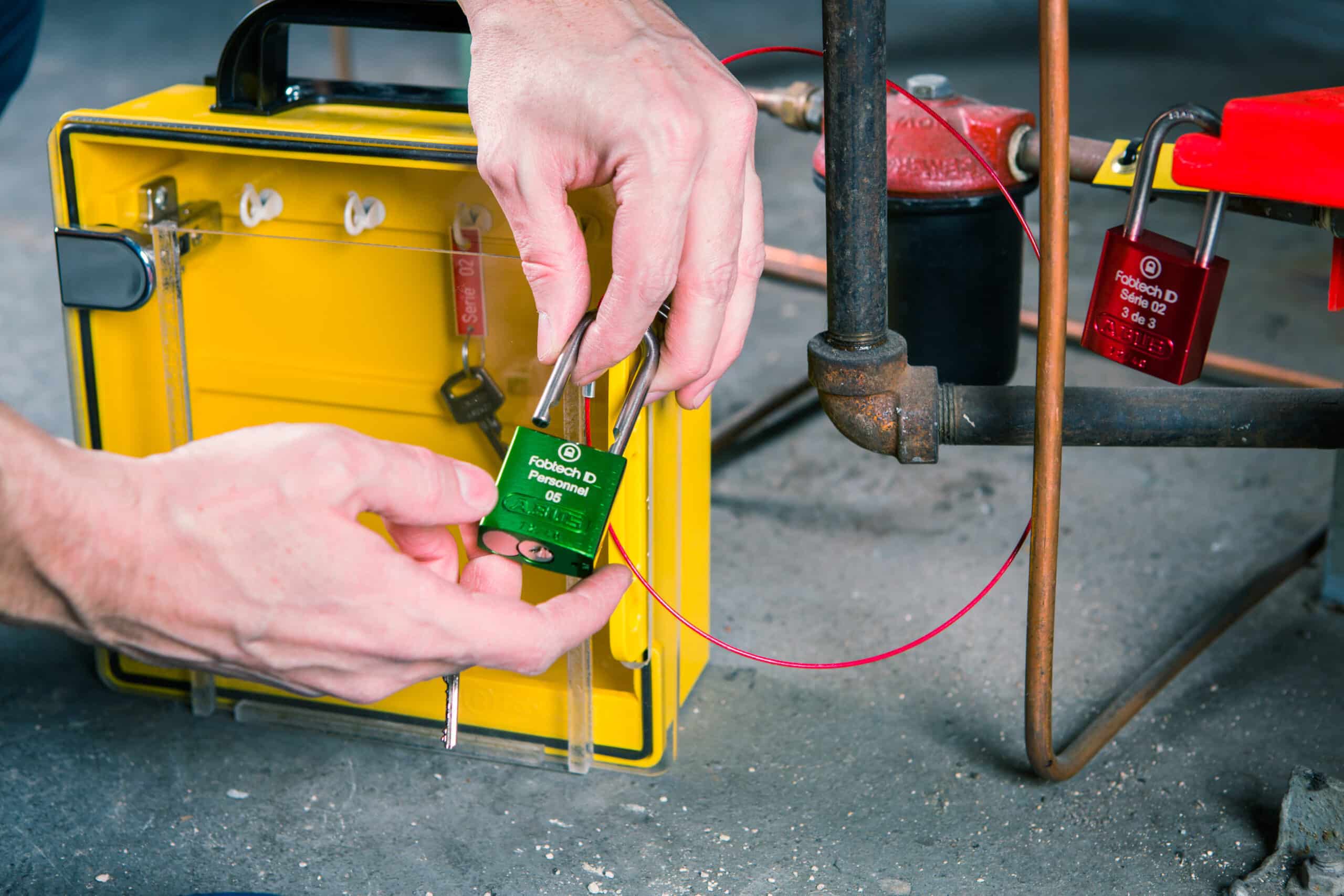LOTO | Different Types of Locks for Different Purposes


7 Aspects to Consider when getting your EHS Software
13 July 2021
Your company has finally listened to your request to move from spreadsheets to proprietary software for your safety department. You’ve been given a budget or at least been told to look at suppliers and get the pros and cons of each.
There is basic, generic criteria to consider before purchasing business software. These tips are specific to the Environment, Health and Safety field and should help you whittle that list of suppliers down considerably:
What I mean by that is that you want the software to be one-size-fits all, or one software package for each market it goes into. You don’t want a basic software package that has to be customized for each company.
Customization assumes a greater cost. Plus, custom software always comes with bugs. You want safety software that’s been well tested over time. Not something that was built just for you. You’ll always be dealing with bug fixes and untested upgrades. Stay away from customization if possible.
All safety software companies should have a module for event inspection and management. This would allow an inspector to fully document an event, manage the proper forms and actions required to ensure everyone is taken care of and OSHA receives all required forms on time. It would ensure all follow up is complete and that new protocol or physical changes are made to the area so a similar accident doesn’t reoccur.
But does the software also have a Lock Out / Tag Out (LOTO) module to ensure the safety of maintenance and repair workers? Software-based LOTO makes LOTO functions more reliable, safe and efficient. It shortens the maintenance and repair time so production is only down for a minimum amount of time. See Gaining Valuable Operations Time (coming soon!
A Risk Assessment module is valuable to reduce future safety concerns. You may not want to purchase this module right away if you’re not at this stage of safety. But it should be available to add once you’re ready. When you can handle the highest risk areas of your company, you’ll gradually reduce the number of events occurring in your business year over year.
Are mobile apps included as part of the software package? Safety personnel can save time and reduce human error when doing risk assessments, inspections and audits if they can input data directly into their smart phone or tablet. Everyone has a smartphone these days. You don’t have to purchase new computers this way.
Any good safety software should have all OSHA regulations and forms available and updated regularly. The forms can be filled out with the input data and sent in almost automatically. Being compliant to OSHA standards helps you avoid fines and keep the safety above a good, minimum level. Find a software that makes it as easy as possible to meet those OSHA guidelines.
Most dashboards and reports will have a generic template that is suitable for most situations. However, there can be all kinds of reports unique to a company or market. You want the ability to make changes easily so executives can get reports or dashboards for their requirements. This way they can make correct and fast decisions that positively affect the business.
When you’ve reduced your list of potential software vendors down to 2 or 3, always check their references. Get the names of a few of their customers – in your industry if possible. Software can sound amazing with all the bells and whistles it has, but if the customers don’t use them, or the software is not as good as promised, you could be buying a dud. Ask their customers about their experiences:
This isn’t in terms of the software being updated and new code written so it improves with you. That’s more like customization (see point 1 above). You want the company to have a comprehensive software package that can cover every type of safety procedure or process you may want to carry out. Both for now and as your safety department grows and improves.
The best software company will not try to train you on the entire breadth of their software whether you are using it or not. Ideally, the company will get an idea of where you are on your safety journey (see “Where is Your Company on Its Safety Journey?”) and where you want to get to. They make available only those portions or modules that you require at the present time.
As your company evolves with the improving safety measures, more of the software can be made available.
A major purchase like company software requires a lot of due diligence. Money is always a big concern but you also want to make sure that the software is going to do the job you bought it for.
Get in touch with us at CONFORMiT to find out how we measure up to all your concerns. You can even try our demo to see how good we are. Or just ask our customers!
By Maxime Ouellet,
Chief Growth Officer
CONFORMiT
P: +1 888 545-9265 x 406